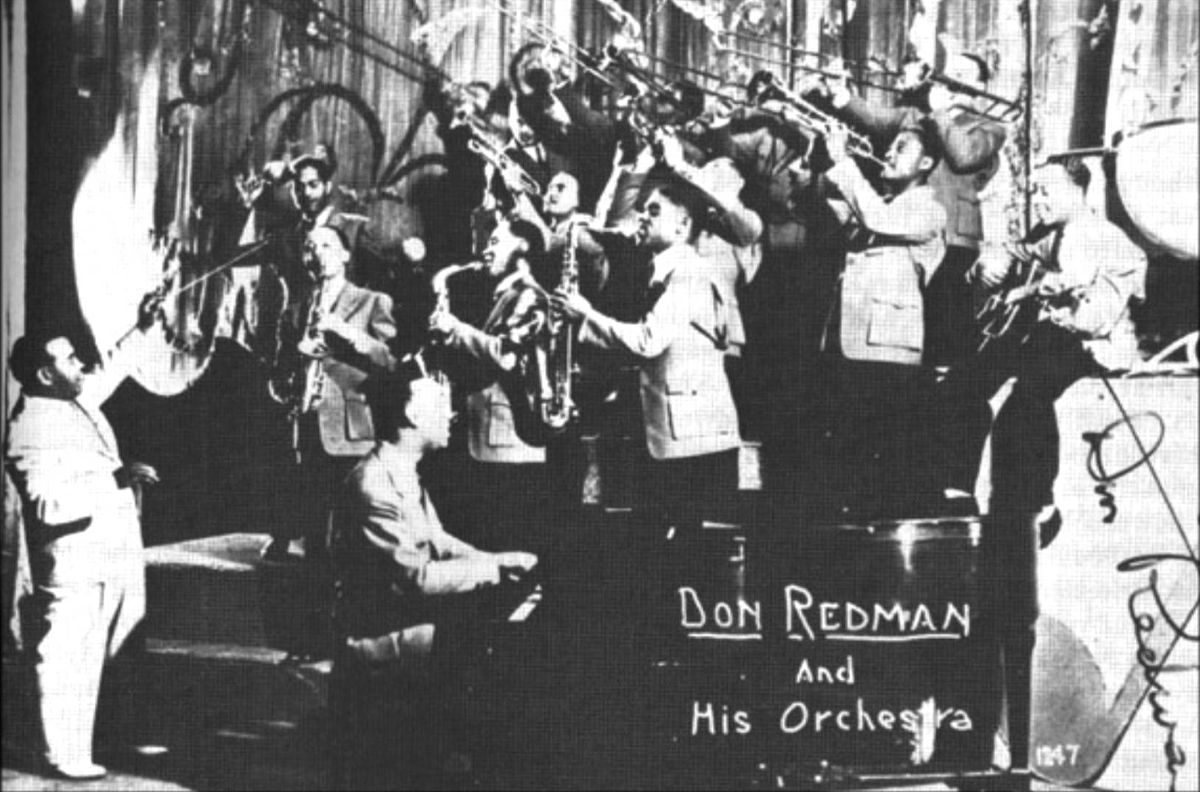[Monday’s Notes no. 73] Chant of the Weed was composed by Don Redman in 1931 and is a curious anticipation of psychedelic music of the 1960s, since the song is dedicated to cannabis.
Don Redman was a saxophonist and arranger, writing commissioned music for numerous ensembles, but Chant of the Weed was composed and arranged for his own orchestra, as his opening number. Much like all conductors, Don Redman was inspired by Duke Ellington; in fact, the exotic atmosphere of the piece recalls that of Duke’s “Afro” pieces.
To express the state of relaxation and estrangement produced by cannabis, in Chant of the Weed Don Redman uses the hexatonal scale, a scale used by European impressionist composers (notably Claude Debussy) and employed more rarely in jazz, at least until the 1940s when Thelonious Monk made it a hallmark of his revolutionary pianism.
After a brief introduction, at minute 0’06” we hear the first part of the piece, we label these eight measures as “part A” , noting that the piece has the classic AABA structure.
Don Redman Chant of the Weed, part one

Although it is in the key of D♭, the piece opens on the E7(♭5) chord, descends one tone to D7(♭5) before resolving on the tonic in measure 5. All the notes of the main melody (the part highlighted in the score) belong to the hexatonic E scale.
Part B is based on the contrast between the repeated A in the high register and the chromatic descending phrase in the low register.
Don Redman Chant of the Weed, part two

Apart from a few bold dissonances and the use of the hexatonal scale, the cannabis reference can be discerned in the vaguely exotic sound of the song, which recalls Africa or the Orient. The arrangement is controlled and precise and the musicians are certainly not under the influence of cannabis.
The context is evidently very different from the psychedelic rock of the 1960s, when many musicians sought inspiration and played under the influence of drugs. Famous bands include the Doors, Grateful Dead, and Jefferson Airplane.
Until next Monday!


